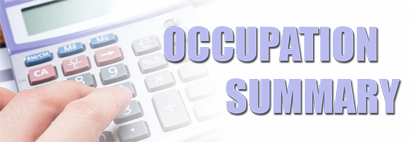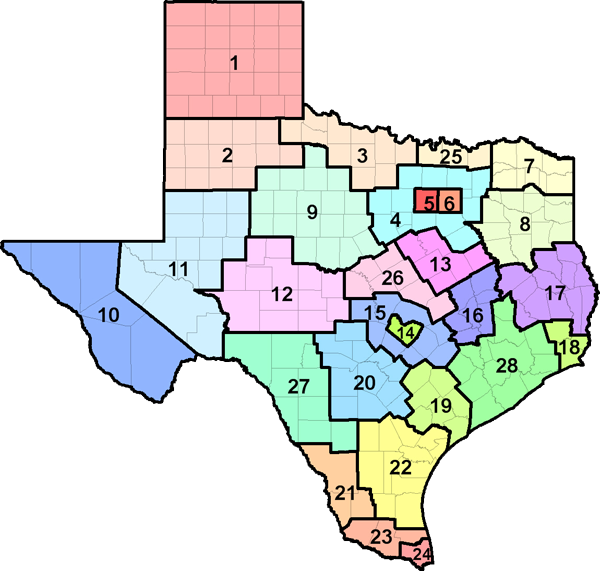The U.S. Department of Labor has developed an automated occupational information database, O*NET, that identifies and describes work content, work skills, and training requirements for all jobs across the country in all sectors of the economy. Much of the occupational information contained in this report is derived directly from the O*NET database, and supplemented with information from the Bureau of Labor Statistics, Census Bureau, and Labor Market and Career Information.

| Industry | % of Heavy and Tractor-Trailer Truck Drivers employed | Annual Growth Rate |
|---|---|---|
| Other specialty trade contractors | 2.5 | 0.40 |
| Waste collection | 2.5 | 1.41 |
| Couriers and express delivery services | 2.4 | 1.42 |
| Support activities for road transportation | 2.3 | 1.63 |
| 2022 Statewide average hourly wage | $23.89 |
| 2022 National average hourly wage | $25.52 |
| 2020 National employment | 1,951,600 |
| 2020 Texas employment | 203,041 |
| Texas projected employment by 2030 | 248,370 |
| Texas projected annual employment and Turnover openings through 2030 | 29,081 |

| Region | Employment | Projected Employment 2030 | Projected Annual Openings 2030 |
Annual Growth Rate |
Average Income |
|---|---|---|---|---|---|
| Texas (all regions) | 203,041 | 248,370 | 29,081 | 2.04% | $49,689.00 |
| Top 10 Relevant Knowledge Areas | Relevant Importance Levels |
|---|---|
| Transportation Knowledge of principles and methods for moving people or goods by air, rail, sea, or road, including the relative costs and benefits. |
|
| Public Safety and Security Knowledge of relevant equipment, policies, procedures, and strategies to promote effective local, state, or national security operations for the protection of people, data, property, and institutions. |
|
| Customer and Personal Service Knowledge of principles and processes for providing customer and personal services. This includes customer needs assessment, meeting quality standards for services, and evaluation of customer satisfaction. |
|
| English Language Knowledge of the structure and content of the English language including the meaning and spelling of words, rules of composition, and grammar. |
|
| Law and Government Knowledge of laws, legal codes, court procedures, precedents, government regulations, executive orders, agency rules, and the democratic political process. |
|
| Mechanical Knowledge of machines and tools, including their designs, uses, repair, and maintenance. |
|
| Telecommunications Knowledge of transmission, broadcasting, switching, control, and operation of telecommunications systems. |
|
| Education and Training Knowledge of principles and methods for curriculum and training design, teaching and instruction for individuals and groups, and the measurement of training effects. |
|
| Administration and Management Knowledge of business and management principles involved in strategic planning, resource allocation, human resources modeling, leadership technique, production methods, and coordination of people and resources. |
|
| Mathematics Knowledge of arithmetic, algebra, geometry, calculus, statistics, and their applications. |
| Top 10 Relevant Skill Areas | Relevant Importance Levels |
|---|---|
| Operations Monitoring Watching gauges, dials, or other indicators to make sure a machine is working properly. |
|
| Operation and Control Controlling operations of equipment or systems. |
|
| Monitoring Monitoring/Assessing performance of yourself, other individuals, or organizations to make improvements or take corrective action. |
|
| Reading Comprehension Understanding written sentences and paragraphs in work-related documents. |
|
| Speaking Talking to others to convey information effectively. |
|
| Critical Thinking Using logic and reasoning to identify the strengths and weaknesses of alternative solutions, conclusions, or approaches to problems. |
|
| Troubleshooting Determining causes of operating errors and deciding what to do about it. |
|
| Time Management Managing one's own time and the time of others. |
|
| Judgment and Decision Making Considering the relative costs and benefits of potential actions to choose the most appropriate one. |
|
| Repairing Repairing machines or systems using the needed tools. |
| Top 10 Relevant Abilities | Relevant Importance Levels |
|---|---|
| Far Vision The ability to see details at a distance. |
|
| Control Precision The ability to quickly and repeatedly adjust the controls of a machine or a vehicle to exact positions. |
|
| Multilimb Coordination The ability to coordinate two or more limbs (for example, two arms, two legs, or one leg and one arm) while sitting, standing, or lying down. It does not involve performing the activities while the whole body is in motion. |
|
| Response Orientation The ability to choose quickly between two or more movements in response to two or more different signals (lights, sounds, pictures). It includes the speed with which the correct response is started with the hand, foot, or other body part. |
|
| Rate Control The ability to time your movements or the movement of a piece of equipment in anticipation of changes in the speed and/or direction of a moving object or scene. |
|
| Spatial Orientation The ability to know your location in relation to the environment or to know where other objects are in relation to you. |
|
| Reaction Time The ability to quickly respond (with the hand, finger, or foot) to a signal (sound, light, picture) when it appears. |
|
| Problem Sensitivity The ability to tell when something is wrong or is likely to go wrong. It does not involve solving the problem, only recognizing that there is a problem. |
|
| Depth Perception The ability to judge which of several objects is closer or farther away from you, or to judge the distance between you and an object. |
|
| Near Vision The ability to see details at close range (within a few feet of the observer). |